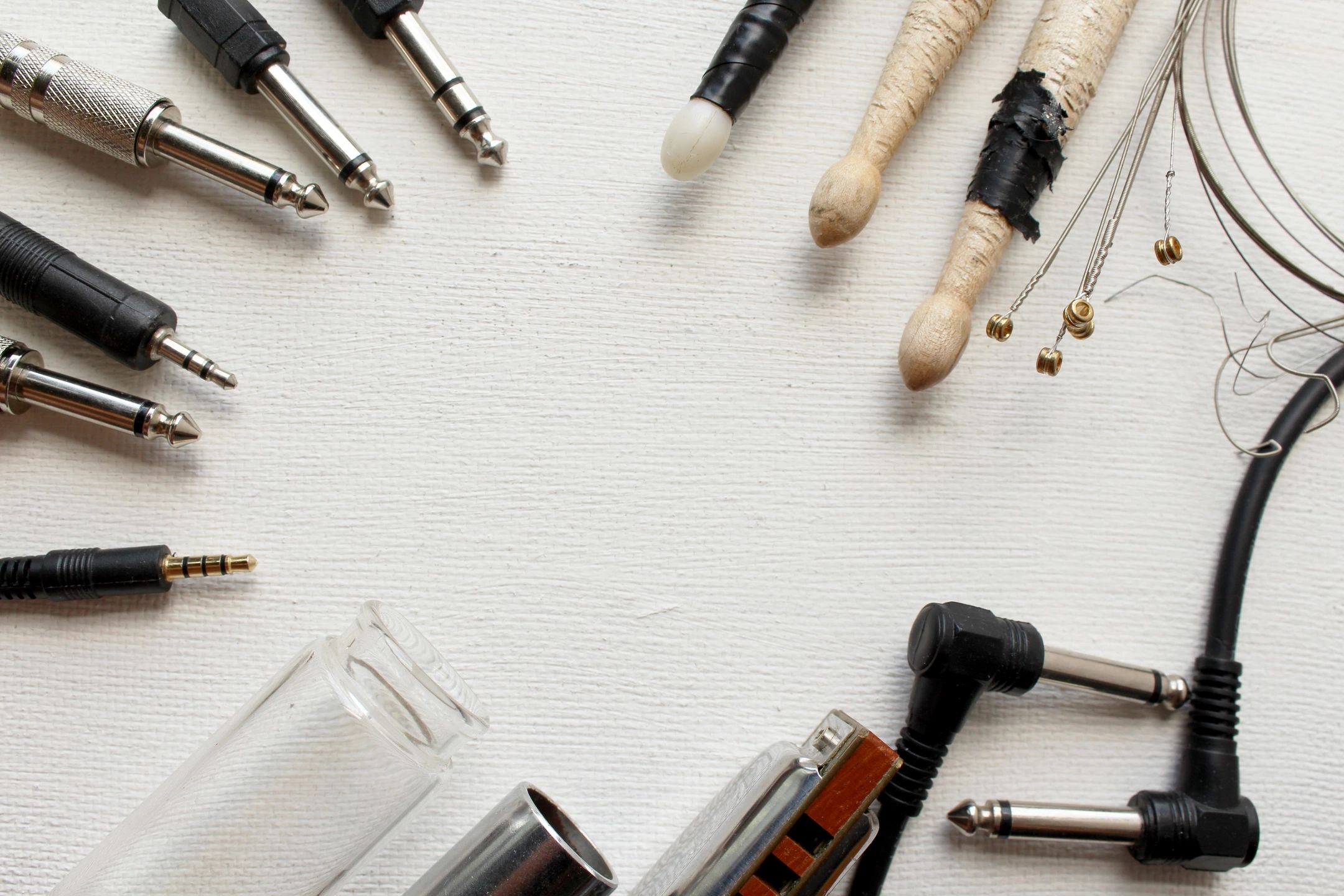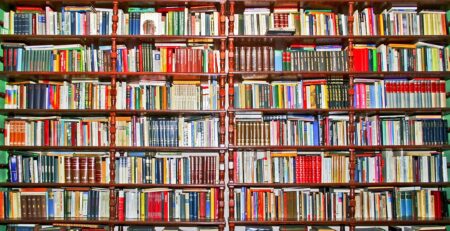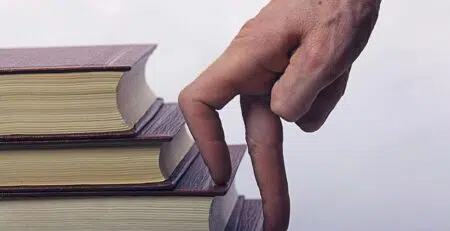What Inspires You to Write?
Stories are everywhere. Inspiration for writing stories is everywhere, too, and not just in the obvious places. So are tools and techniques that can inspire but can also access those same creative-making brain cells so crucial to writing and storytelling. Here are some fun examples.
Movies & TV Shows
This one is pretty obvious, right? We’ve all seen a ridiculous amount of stories in these mediums. I’m afraid to think of how many hours I have absorbed over my life already.
The good thing is that we are all familiar with the basics of storytelling structure. So much so that even those who are not specifically studying the art of storytelling are pretty fluent in its components. We recognize and respond to them, knowingly. Which is great, as often learning the elements of what makes a great story is a matter of identifying and naming such traits instead of having to start from scratch.
One big caveat for writers: movies and television shows only deal with two senses. Sight and sound. Writers have smell, touch, and taste that we can use, too. Movies have tried to integrate some of the other senses, but it’s been more of a gimmick, like using buzzers in the seats for The Tingler in the 60s. Hmm. Maybe someone can wire books to buzz when they hit a certain page? That would make reading a little more . . . interesting!
Music
Many writers use music for inspiration while writing. This is common and makes sense. I know many who use motion picture scores to set the mood for their stories. Pretty cool. Writing a thriller, how about playing some of Bernhard Hermann’s Alfred Hitchcock scores? Turn on some classical for doing a period romance. Some writers use pop music with lyrics, as well, but many I know find it distracting when writing and stick to classical, instrumental, or soundtrack music.
Another technique for those musically inclined has been to actually play an instrument before or during writing to make their own soundtracks for their stories. Pretty inspirational and a lot of fun. One big caveat: quoting song lyrics in writing is mostly a big no-no. Clearing lyrics can be difficult work. Finding out the right representative can be a challenge, and the fees most will demand are unaffordable to most aspiring and working writers.
Cooking
This might be an odd one, but hear me out. Cooking a dish or a meal has serious similarities to writing. You need to have a plan. If you don’t, you need to figure one out, either through experience (like burned casseroles) or through a template or a recipe. You’ve got to prep your ingredients. Sometimes making other side dishes, sauces, or seasonings. Then you have to put it in the oven and cook it just right. That same creative space that allows you to cook also bakes your creative ideas. Yum. “What’s for dinner?” “How about a little drama with a side of cliffhanger sauce?”
Books & Magazines
Naturally, reading plays a huge part in inspiring writers to want and need to write stories of their own. Stories ignite our imaginations, leading to new stories and new worlds to explore. Most writers were inspired to write by first being avid and well-read readers. Even seasoned writers look to others to be inspired.
A beautifully written book with a captivating story can sure make another writer want to get their fingers in the game and strive to hit such a benchmark. Remember, there’s plenty of room at bookstores for new stories. Publishers always want new works, and with online marketplaces, shelf space isn’t limited like it once was. Although standing out among such a deluge is another topic entirely.
Fine Art, Drawing & Sculpting
Like music, fine art, drawing, and sculpting offer a different perspective on story. Going to a museum or gallery can ignite a firestorm of creativity. Some of the best works tell a story of their own and do so through a single moment in time.
The old cliché that a picture is worth a thousand words is amplified tenfold. Imagine the wraparound stories of some of the greatest paintings and sculptures. Imagining these can be a great exercise. On the flip side? Drawing, painting, and sculpting again access a creative part of the brain that also can contain our writing thoughts. If you think of your mind like a muscle, it’s good to flex this area in other disciplines, as well, because they’re all ultimately connected.
Creativity comes in many forms. I grew up with my mother’s family owning an auto body repair shop. There was a tremendous amount of art and craft happening to repair the damage, match paint colors, and make everything look like new again. And that’s just one example of how creativity can arrive in many forms and can inspire writers.
What other disciplines do you love that can also be considered creative? Knitting? Design? Bead making? Woodworking? There are so many! Find and draw inspiration from the life around you. Your writing will be all the richer for it!
John Palisano’s nonfiction, short fiction, and poetry have appeared in countless literary anthologies and magazines such as Cemetery Dance, Fangoria, Weird Tales, Space & Time, McFarland Press, and many more. He is the author of the novel Nerves and Starlight Drive: Four Tales of Halloween, and has been quoted in Vanity Fair, the Los Angeles Times, and The Writer. He has received the Bram Stoker Award© and was recently President of the Horror Writers Association. Say ‘hi’ at: johnpalisano.com, amazon.com/author/johnpalisano, facebook.com/johnpalisano, and twitter.com/johnpalisano













